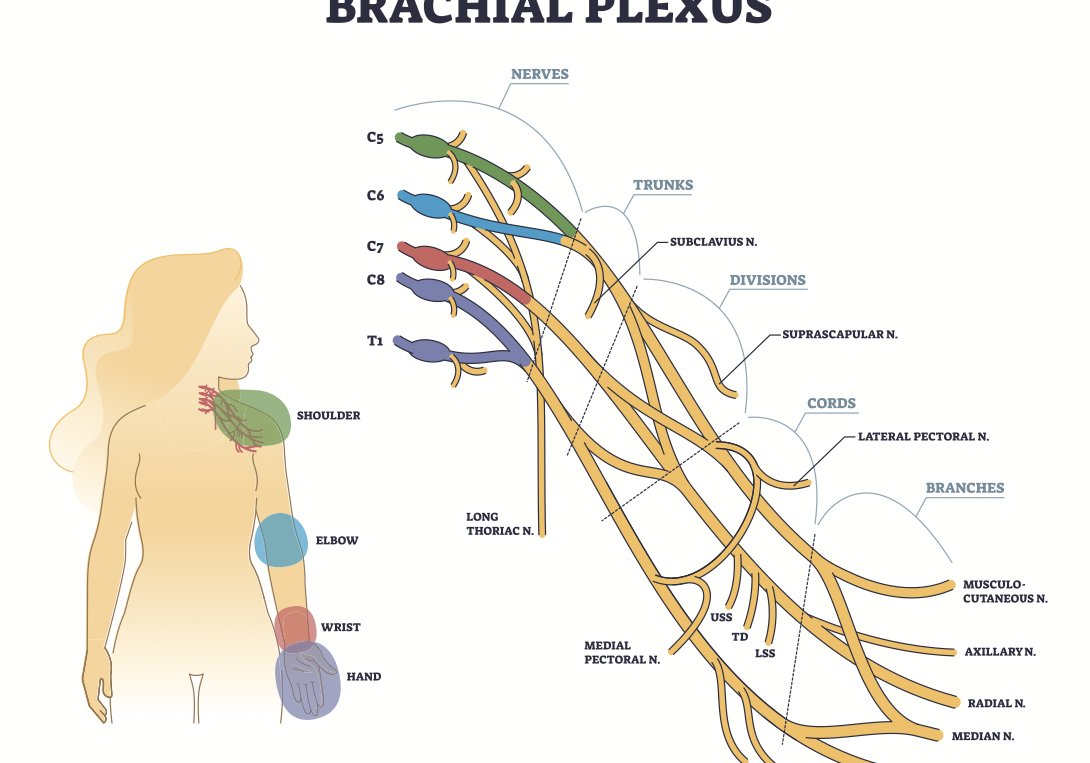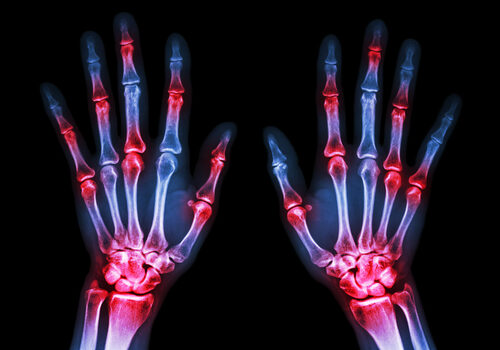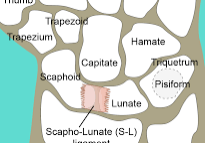The effects of cupping therapy as a new approach in the physiotherapeutic management of carpal tunnel syndrome
Filed under Treatments
Article Review By: Rachel Reed
Mohammadi, S., Roostayi, M. M., Naimi, S. S., & Baghban, A. A. (2019). The effects of cupping therapy as a new approach in the physiotherapeutic management of carpal tunnel syndrome. Physiotherapy research international : the journal for researchers and clinicians in physical therapy, 24(3), e1770. https://doi.org/10.1002/pri.1770
The Skinny:
The purpose of this randomized controlled trial was to determine the clinical effect of cupping therapy on patients with carpal tunnel syndrome (CTS). Cupping for carpal tunnel is the application of negative pressure on the skin, which results in the release of myofascial and scar tissue and decreased skin stiffness. In cases of CTS, cupping can help remove pressure on the median nerve and improve nerve tissue viscoelastic function, blood flow, and nerve conduction.
In the Weeds:
This was a randomized clinical trial with 56 participants who had been diagnosed with CTS. The participants, who were between the ages of 18-60 years old, were divided equally into test and control groups. The severity of their CTS diagnoses was not a factor when allocating participants to these groups.
In the control group, 28 participants were treated with routine therapy, including transcutaneous electrical nerve stimulation (TENS) and ultrasound. TENS and ultrasound modalities were standardized and consistent between both groups.
In the test group, the other 28 participants were treated with routine therapy (including TENS and ultrasound) in addition to cupping therapy. The cupping therapy was standardized to include a manual pump for negative pressure, a plastic cup of 3cm in diameter with a silicone interface, and a calibrated pressure gauge to consistently measure air pressure used in the system. Cupping was used on the wrist for 4 minutes at a pressure of 50 mmHg, and it was moved along the nerve pathway during treatment in order to cover all areas of the wrist.
The measures used to determine the effects of cupping therapy were symptom severity scale, functional status scale, distal sensory latency, and distal motor latency. Researchers used the Boston Carpal Tunnel Syndrome Questionnaire to determine severity of symptoms, such as pain and numbness, and the participants’ functional status. Electromyography was used to evaluate distal latency. Treatment took place during 10 sessions, alternating days, and participants were assessed prior to the start of treatment and again at the end of the last session. Treatment included using cupping points for carpal tunnel.
The researchers determined that participants in the test group who received cupping therapy demonstrated a significant improvement in symptom severity (p = 0.006) and a significant decrease in distal sensory latency (p = 0.007) when compared to the control group. However, there was not a statistically significant mean difference in functional status or distal motor latency between the two groups.
Bringing it Home:
Because the study found that the incorporation of cupping therapy demonstrated a significant decrease in the severity of symptoms, cupping therapy should be considered as a convenient and low-cost intervention to improve treatment for patients with CTS (cupping for hand pain). However, cupping therapy should not be the primary treatment for CTS, as it was not shown to improve functional status.

This study was well-controlled in terms of consistency of variables and treatment modalities, and the researchers standardized the use of TENS and ultrasound with the test and control groups. Unfortunately, the sample size was relatively small. Because the severity of participants’ CTS was not a factor in allocation to test or control groups, one group may have had more patients with severe presentations of CTS, which may have skewed the data. Additionally, if a participant had bilateral CTS, the researchers considered each hand as a separate “participant,” not taking into account that the individual may have chronic inflammation or preexisting conditions affecting the development of bilateral CTS and thereby skewing the data. This is a good study overall, and this is the only study (as of 2019) that addresses cupping therapy with CTS (cupping therapy for carpal tunnel syndrome). There needs to be more research to determine the efficacy of cupping therapy as a treatment modality for individuals with CTS.
More To Read
Comparison of Erb’s Palsy and Klumpke’s Palsy: Symptoms, Presentation, and Treatment Options
What is the brachial plexus? The brachial plexus is a group of nerves originating from the cervical and thoracic nerve roots (from C5 to T1). The brachial plexus forms 5 peripheral nerves of the upper extremity, consisting of the musculocutaneous, median, radial, ulnar, and axillary nerves. This group of nerves supplies motor and sensory innervation…
Read MoreConservative Therapy for OA in the Fingers: A Literature Review
Beasley, J., Ward, L., Knipper-Fisher, K., Hughes, K., Lunsford, D., & Leiras, C. (2018). Conservative therapeutic interventions for osteoarthritic finger joints: A systematic review. Journal of Hand Therapy, 32. 153-164. The Skinny – The article reviews the evidence on the effectiveness of conservative treatment for those who experience osteoarthritis in fingers and in their finger…
Read MoreOrthotic Intervention Incorporating Dart- Throwers Motion for Scapholunate Injury
Anderson, H. & Hoy, G. (2016). Orthotic intervention incorporating the dart-thrower’s motion as part of conservative management guidelines for treatment of scapholunate injury. Journal of Hand Therapy, 29, 199-204. By Brittany Carrie The Skinny Ligaments that overlay the carpal bones are imperative for wrist motion; however, are highly susceptible to instability. Injury to the scapholunate…
Read MoreSign-up to Get Updates Straight to Your Inbox!
Sign up with us and we will send you regular blog posts on everything hand therapy, notices every time we upload new videos and tutorials, along with handout, protocols, and other useful information.





